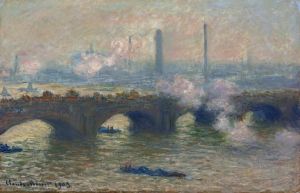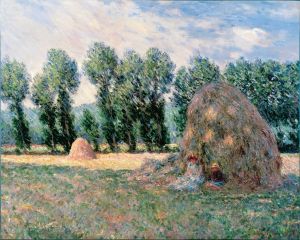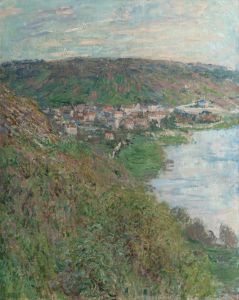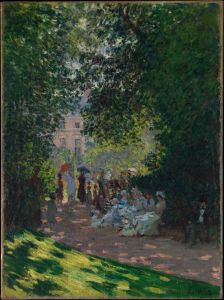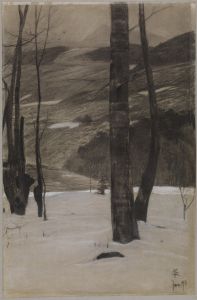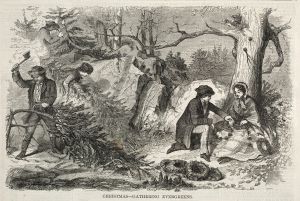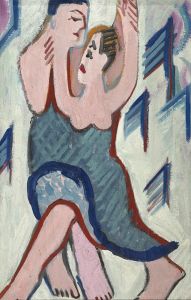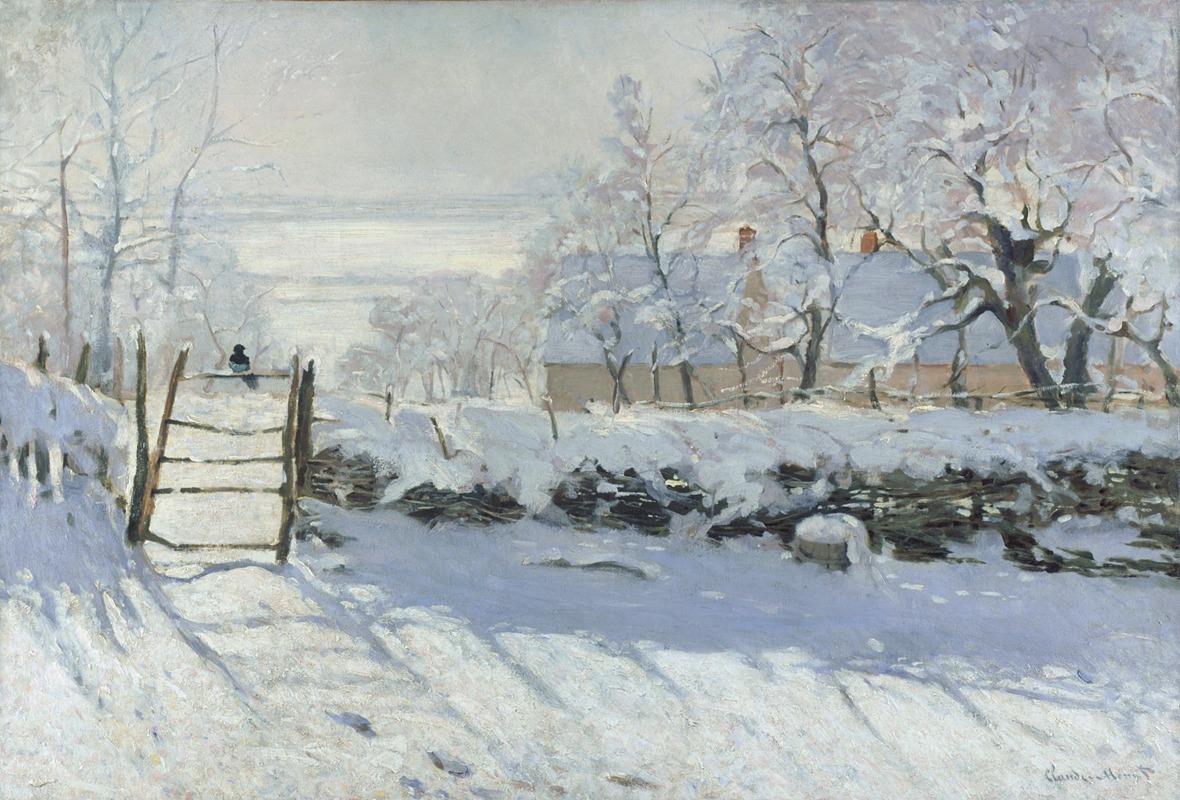
The Magpie
A hand-painted replica of Claude Monet’s masterpiece The Magpie, meticulously crafted by professional artists to capture the true essence of the original. Each piece is created with museum-quality canvas and rare mineral pigments, carefully painted by experienced artists with delicate brushstrokes and rich, layered colors to perfectly recreate the texture of the original artwork. Unlike machine-printed reproductions, this hand-painted version brings the painting to life, infused with the artist’s emotions and skill in every stroke. Whether for personal collection or home decoration, it instantly elevates the artistic atmosphere of any space.
The Magpie is an oil painting by the French Impressionist artist Claude Monet. Created during the winter of 1868–1869, the painting is one of Monet's early works that showcases his interest in capturing the effects of light and atmosphere. It is widely regarded as one of the most significant early examples of Impressionist winter landscapes.
The painting depicts a rural snow-covered scene with a wooden gate topped by a magpie, which serves as the focal point of the composition. The landscape is bathed in soft, diffused light, and Monet employs a subtle palette dominated by whites, blues, and grays to convey the serene and tranquil atmosphere of the winter setting. The shadows on the snow are rendered in shades of blue and lavender, a technique that was innovative at the time and reflects Monet's dedication to observing and representing the nuances of natural light.
Monet painted The Magpie during a period when he was staying in Étretat, a coastal town in Normandy, France. The work is believed to have been created outdoors, or "en plein air," a practice that became a hallmark of the Impressionist movement. This approach allowed Monet to capture the transient effects of light and weather with immediacy and authenticity.
When Monet submitted The Magpie to the Paris Salon in 1869, it was rejected by the jury, as were many of his works during this period. The painting's unconventional composition and use of color likely contributed to its rejection, as these elements diverged from the academic standards of the time. Despite this early setback, Monet and his fellow Impressionists would go on to challenge traditional artistic conventions and revolutionize the art world.
Today, The Magpie is considered a masterpiece of Impressionist art and is celebrated for its innovative treatment of light and shadow. The painting is part of the collection of the Musée d'Orsay in Paris, where it is displayed alongside other works by Monet and his contemporaries. It remains a testament to Monet's ability to transform ordinary scenes into extraordinary studies of light, color, and atmosphere.





